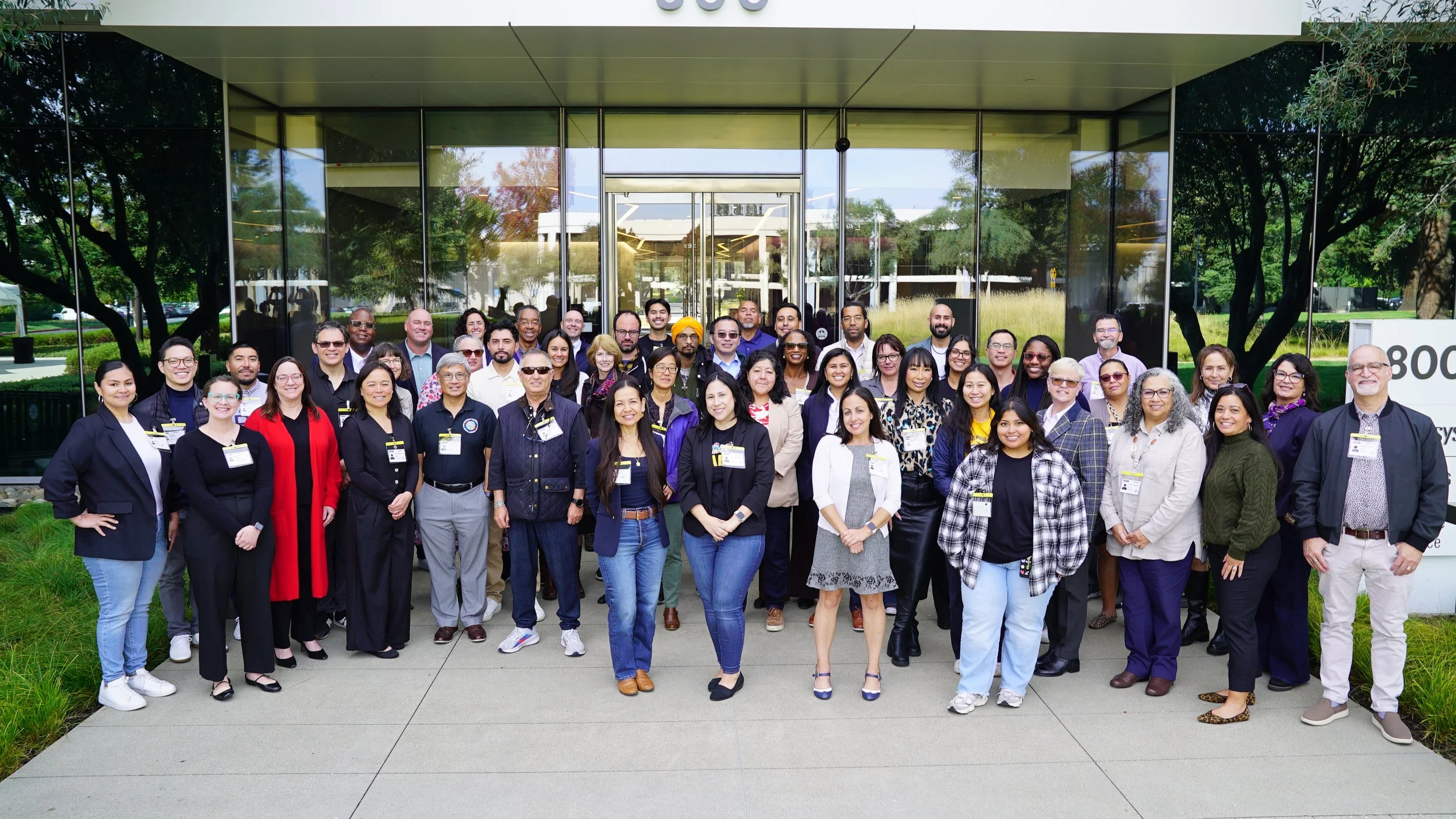The Next Silicon Revolution Starts with Education
Semiconductors power everything from clean energy to healthcare, yet the talent pipeline behind them is strained. Nationally, the industry will add about 115,000 U.S. jobs by 2030, but roughly 67,000 could go unfilled at current graduation rates. Nearly 40 percent of those at-risk roles are technician jobs suited to certificate and two-year degree pathways.
Regions are moving fast to close the gap. Arizona is scaling programs to staff TSMC’s expanding Phoenix fabs, which are expected to create more than 6,000 jobs with CHIPS Act support and larger site build-outs over the next decade. Texas is doing the same for Samsung’s Taylor cluster, supported by federal incentives and projected to generate thousands of advanced manufacturing jobs.
For the San Francisco Bay Area, the stakes are high. Despite leading the world in innovation, the region lacks a cohesive system to prepare local talent for semiconductor careers. The skills gap is not the fault of any single institution. It reflects a fragmented ecosystem: K-12 schools working in isolation from community colleges, universities unsure how to align programs with employer needs, and companies without a clear entry point to engage.
To address this challenge, the Bay Area K-16 Collaborative has stepped forward as a convener and catalyst for change. On October 24, the Collaborative brought together educators, industry leaders, and workforce partners for its second STEM Community of Practice meeting, hosted by Synopsys in Sunnyvale. The focus was specific and urgent: how to build a sustainable semiconductor workforce for the Bay Area.
The conversation centered on the idea that it takes a village to create a workforce. Panelists Berton Mahardja of the SEMI Foundation, Angela Hwang and Erin Guzman of Synopsys, and Meghan Strazicich of Ignited shared practical models for collaboration. SEMI highlighted a new résumé-matching platform to connect jobseekers from every education level. Ignited presented its teacher preparation program that equips educators to bring real-world tools to the classroom. And the Synopsys Outreach Foundation shared its mission to remove access barriers to STEM through student and teacher-facing support. Participants further explored the growing potential of microcredentials and stackable certifications as accessible pathways into technical roles.
As the discussion unfolded, one theme cut across every perspective: the need for an intermediary to knit the ecosystem together. Educators want to know what skills employers need. Employers want to understand how to reach diverse local talent. Students need guidance and opportunity. The Collaborative is uniquely positioned to bridge those gaps and translate goodwill into concrete programs that work.
Dr. Agustín Cervantes, K-16 Collaborative, and Dr. David Palter, Silicon Valley Leadership Group, moderated the conversation, helping participants map actionable next steps. Ideas included co-designed learning modules, career-connected projects, and clearer communication channels between K-12, colleges, and industry. The atmosphere was collaborative and forward-looking, animated by the sense that the Bay Area can lead the nation in semiconductor workforce development if it builds the right connective tissue.
The K-16 Collaborative and the SVLG Foundation will continue convening partners to turn dialogue into systems change– bringing together employers and educators to co-develop curricula, provide meaningful work-based and project-based learning, and ladder educational experiences for students of all levels. Vitally, the two organizations will also work closely with the SEMI Foundation to unite the broader ecosystem of semiconductor design and production to advance education, training, and long-term talent development.
The Collaborative’s STEM Community of Practice meeting marked a step toward a shared vision: a Bay Area where every student can see a pathway into the technologies that power our world, and every employer can draw from the strength of a local, diverse, and prepared talent base.

